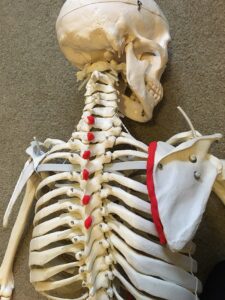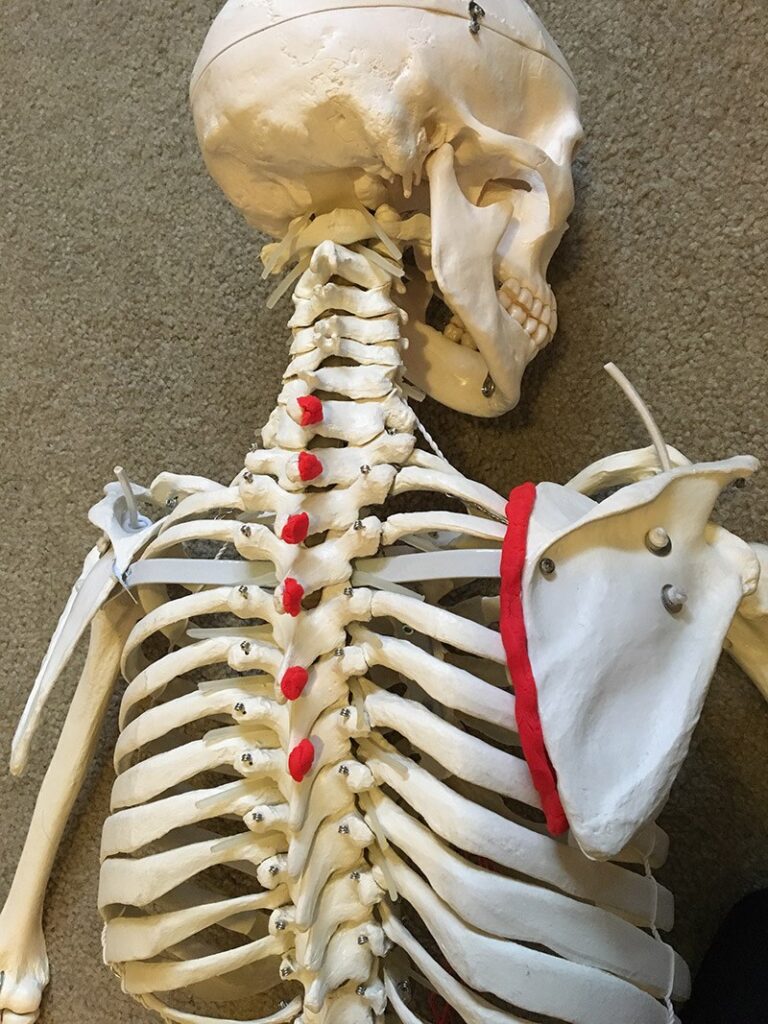Generally when people say “stability” they mean strength. They sometimes mean the “smaller” muscles in the body. With 600 muscles in the human body there are a lot of stabilizers!
What is Stability?
Stability is having four legs under your chair instead of three. It’s the cement foundation of a house. In the human body the feet seem to have the best analogy, yet it can refer to having strength in any muscle, large or small. The truth is that all muscles need stability.
Since people come to personal trainers looking for more stability, it’s good to clarify what they mean by it. It’s also helpful if you’re clear on what stability means to you and how you help people gain this specific type of strength. In the end, we all have the same goal in mind – physical fitness.
The Opposite of Stability
The shoulder is a common area that people seek staility in, because the gleno-humeral (GH) joint (where the arm bone meets shoulder socket) has the most mobility in the body. Mobility seems to be stability’s evil twin. They have an inverse relationship, making it tough to have both at the same time. Many textbooks point out that a joint is either mobile or stable, but not both.
Stability + Mobility = Balance
Sure! The gleno-humeral (GH) joint has a wonderful neighbor called the scapulo-thoracic (ST) joint. This is where the scapula (shoulder blade) attaches to the thorax (ribs). If this joint is strong (stable) it helps anchor the GH-joint more effectively. And you can guess what happens if it’s not…lack of stability through the entire shoulder is the result, because it’s all connected.
Strength comes from muscles and there are many at play in the shoulder region. Let’s focus on one that you know and strengthen your awareness around it’s attachment points and function. The rhomboids have become fairly popular in their role to anchor the scapula to the spine. When you take a closer look, you’ll see the possibilities of this muscle.
Meet the Rhomboid Muscle

Check out this photo of Andy the Skeleton for clarification.
Now, find a willing partner and locate these points on them. Ask them to contract the muscle on the right side and then the left side to see what they feel. Is it an even amount of contraction happening? Is the scapula moving the same way on both sides from your point of view?
There’s more to it than what’s memorized.
Most people know this muscle retracts the scapula (brings it closer to the spine), but it can also elevate the scapula (bringing it closer to the skull. Sometimes, when you’re cueing a client to use this muscle it could do more harm than good…
Depending on the distance from a person’s C7 vertebrae and the top of their scapula it can end up working against the goal of better posture. If too much scapular elevation occurs, other muscles like upper trapezius and levator scapula will want to help out, which can cause tension in the neck region.
The distance between C7 and the top of the medial border of the scapula are what dictate how much elevation occurs during retraction. Check it out on 5-10 different people and you’ll see the variations.
Muscles like latissimus dorsi, serratus anterior and lower trapezius oppose scapular elevation, so grab your anatomy book and brush up on those too. Or check out NFPT’s Anatomy Program for a 3-D tour on a skeleton named Andy.
Knowing the muscle attachments, finding them on a client and understanding what happens when the muscle contracts on that individual can make or break what you’re trying to achieve whether training for stability, strength or some other catchy industry word.




